- Homepage
- News and Features
- Hollinwell's Sward Triumph: Patience, Persistence, Sustainable Greens
Hollinwell's Sward Triumph: Patience, Persistence, Sustainable Greens
Phil Stain’s unwavering commitment to sustainable golf course management has delivered exceptional results at the Nottinghamshire heathland.
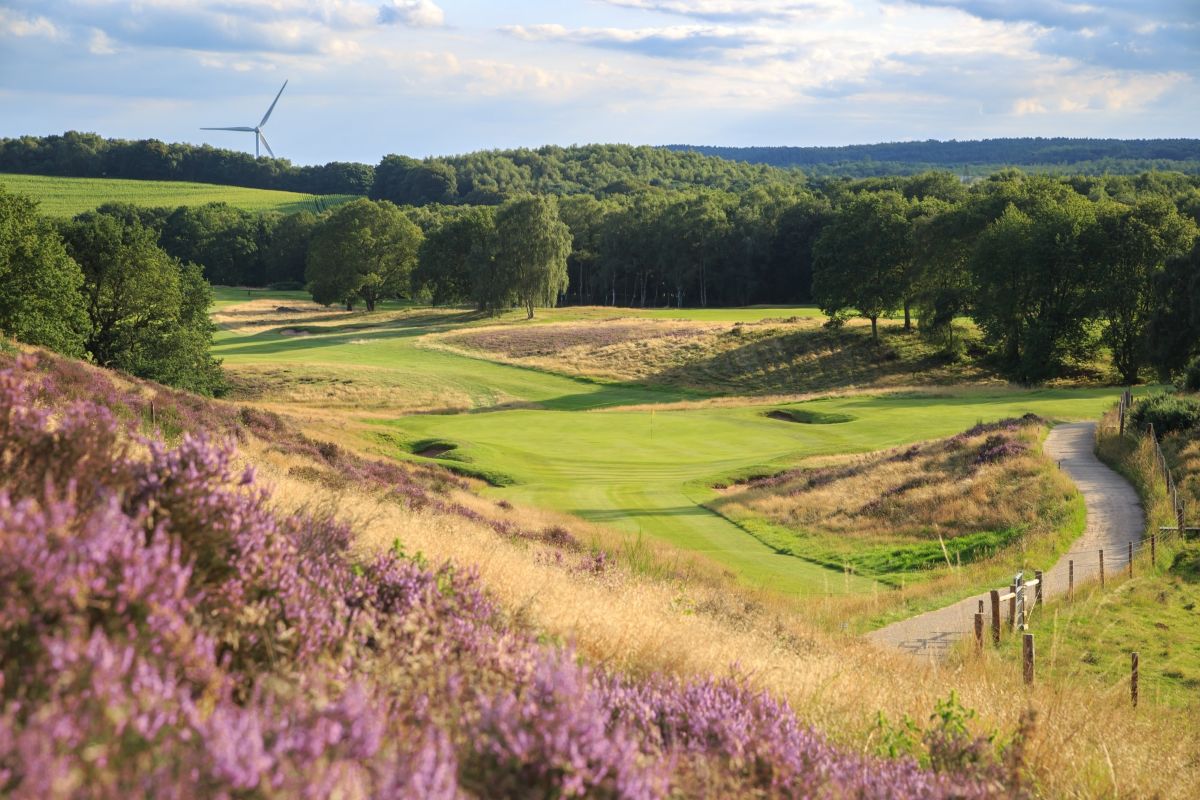
If you’re looking for an overnight success story, Hollinwell’s sward transition isn’t it. This is a tale of patience and persistence, of painstakingly changing perceptions and winning over the doubters. It is the story of triumph in the face of adversity and how it’s never too late to start doing things the right way. With his four decades at Notts Golf Club having recently come to an end, Course Manager Phil Stain can reflect with pride on his impact there, though he is quick to credit those who helped him along the way.
Having been instilled with the Jim Arthur-inspired beliefs of minimal inputs and the pursuit of bents and fescues, his starting point at Hollinwell initially seemed a good match, but things soon began to change.
“When I joined Notts, there were quite a lot of fine grasses in our greens and inputs were minimal,” he explained. “We dried up in summer. It was your old-fashioned, traditional heathland golf course. However, as I served my apprenticeship here, in the mid 1980s, it was around the time courses were installing irrigation systems. There was a lot of pressure because golfers were looking for more pace and greens that were a little bit more receptive. They didn’t just want performance, they also wanted presentation – they were really bothered about what it looked like.”
Management practices started to warp to meet the demands of the golfers, setting the club on a slippery slope and even with his limited experience, Phil knew it would end badly. “In my early days as a greenkeeper we were increasing the amount of fertiliser, increasing the amount of water, dropping the height of cut to 3mm,” he said. “There were times when the corners of the blades would dig into the slopes. It was just horrendous.”
It all resulted in a “downward spiral”, in which the desire for ever-increasing pace, and an aesthetic that had more to do with members’ expectations than what was healthy, caused untold damage. The greens became softer, the fescues and already low levels of bent diminished further, while the poa was allowed to run wild, and yet costs were rising. Something had to change.
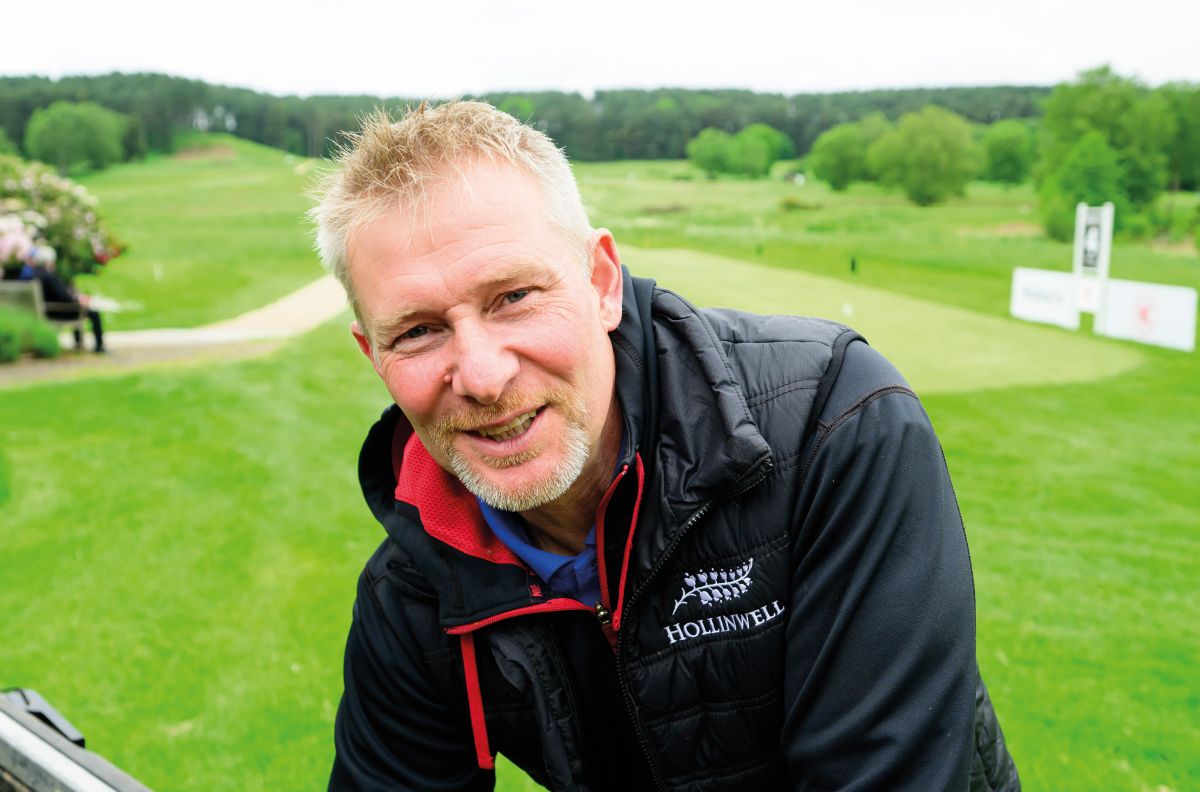
“We were trying to force something in an environment where it didn’t belong,” Phil conceded. “The more pressure we put on, the worse the conditions got.”
Things came to a head in 2010 and master greenkeeper Gordon Irvine was brought in as a consultant to help instigate a new regime and cultivate a sward transition back to fine grasses. Adhering to a non-chemical methodology that prioritised aeration, over-seeding fine grasses and topdressing 80/20 sand/Fendress, along with replacing salt-based fertilisers with slow-release organic products such as hoof and horn, it was a complete reversal of the way things had been done to that point. But while the approach had proven its merits elsewhere, there would need to be a reckoning with the naysayers as some short-term pain was inevitable when instituting such wholesale changes in course management practices.
The transition would be far from smooth. It required significant cultural change within the club, challenging golfer expectations, and a willingness to accept aesthetic compromises for long-term ecological health. “We needed somebody strong, independent and credible to convince the committee,” Phil said. “Gordon was that person. He told everyone involved, in no uncertain terms: ‘We do this my way, or I walk away’. It needed someone old-school to make it clear that the road we were on wasn’t sustainable and there was another way to go. It would be painful – and I can’t stress how painful it was at times – but we would get to a better place in the end.”
Not everyone was entirely convinced but they were at least willing to accept the current state of affairs could not continue. A new direction was needed and Hollinwell could at last begin to take those first tentative steps towards a brighter future. From now on, nature would become the most important member of the team.
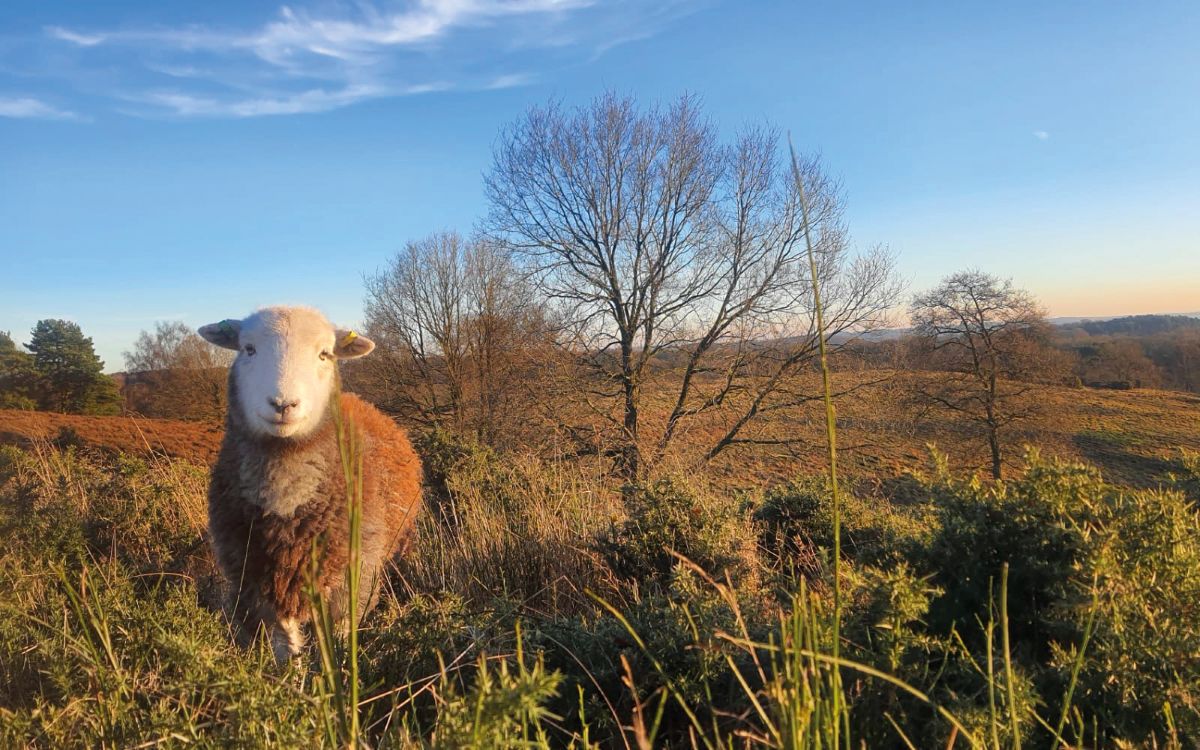
Hollinwell now supports a rich ecosystem, including ground-nesting birds, common lizards, grass snakes and numerous insect species. Barn owls hunt over rough grasslands, there are vast areas for grazing, while scrub and bracken has been cleared to allow for heather regeneration.
“We went on to a programme of traditional heathland management on greens,” Phil explained. “We slowly started to reduce the amount of water and fertiliser and we utilised every kind of aeration imaginable. One of the biggest changes for us was timing. All maintenance practices need to be timed to get the most from them, not dictated by fixtures. Badly timed maintenance is a waste of time and money and there’s also a good chance we end up doing more harm than good.
“Because previously we’d been using a topdressing with a lot of fines in, we started off with a drill and fill to get through a layer that had formed on the greens that was impacting drainage. We were trying to do the bare minimum but encouraging nature to do it for us.” That is encapsulated in their approach to topdressing now, with the Fendress element representing the greenkeeping team’s input but the rest of the process being left to nature. “There’s a small organic component in that Fen, it’s only tiny but everything that we want to live in those greens, all the flora and fauna, can’t live in sand – that’s where the Fen comes in,” Phil explained.
“If we feed our greens now we’ll use organic fertilisers, with a little bit of lawn sand in spring just to kick them off. We’ll ameliorate a little bit of hoof and horn into our Fen every spring, and that’s 13% nitrogen, but it’s not available until nature says it’s warm enough.
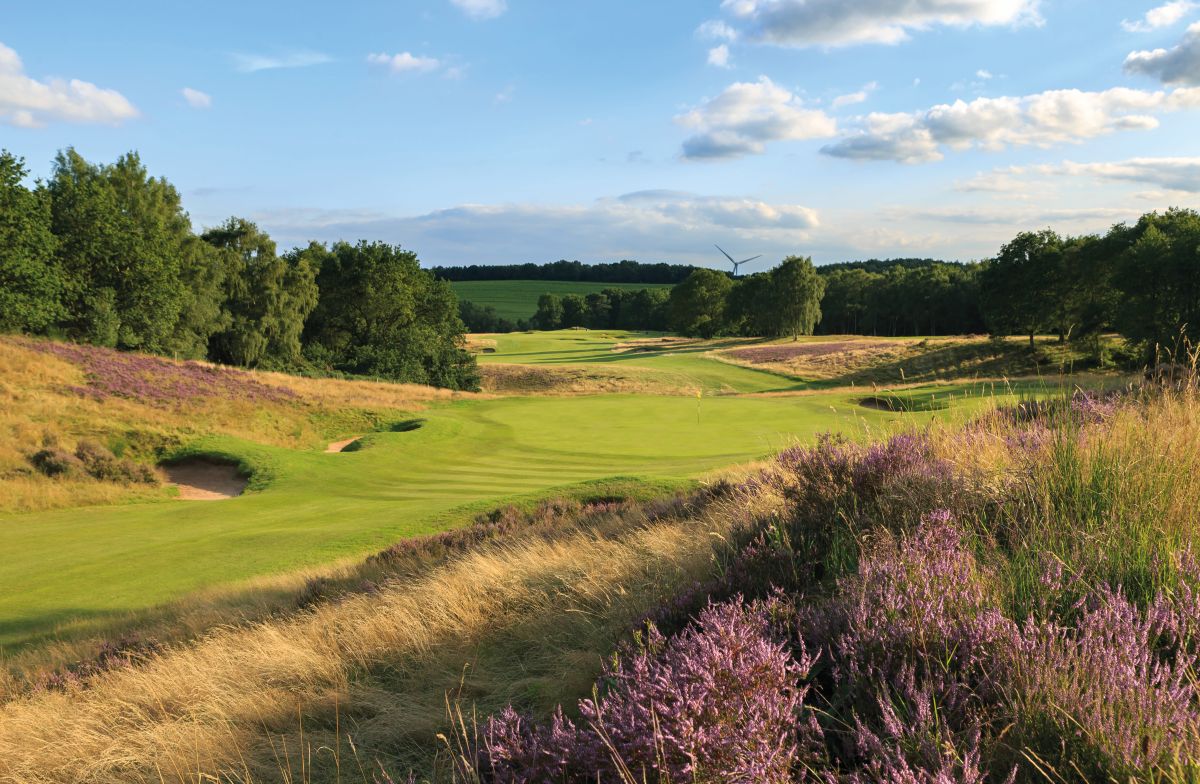
“There’s no big flushes of growth; our greens slowly come to life over a few weeks. They’re often behind other courses because they will only grow when it’s the correct time.”
With inputs vastly reduced, costs went the same way, winning over any remaining doubters – although the exceptional playing conditions were already doing that. The height of cut now doesn’t drop below 4mm, with the compromise on pace more than compensated for by the overall quality, consistency and sustainability.
Hollinwell’s greens now boast over 50% fine grass, with some 80% bent-fescue, and it’s still improving under a maintenance regime that is here to stay.
“The programme is set; it doesn’t change,” Phil said. “We use the same products. I got a new greens chairman last year and he was looking at the budget that we’ve got for fertiliser and so on. He could not believe how little we spend. We use 600 cubic meters of water compared to thousands used by other courses. One fungicide in the last 18 months and very little fertiliser. It’s a fraction of what people think they need.”
As Phil settles into his retirement, his parting message to the industry is clear: work with nature, not against it.
He said: “Greenkeepers are battling unrealistic expectations. We need to educate people about the sustainable way of doing things, show them the benefits and that it is achievable.” GI
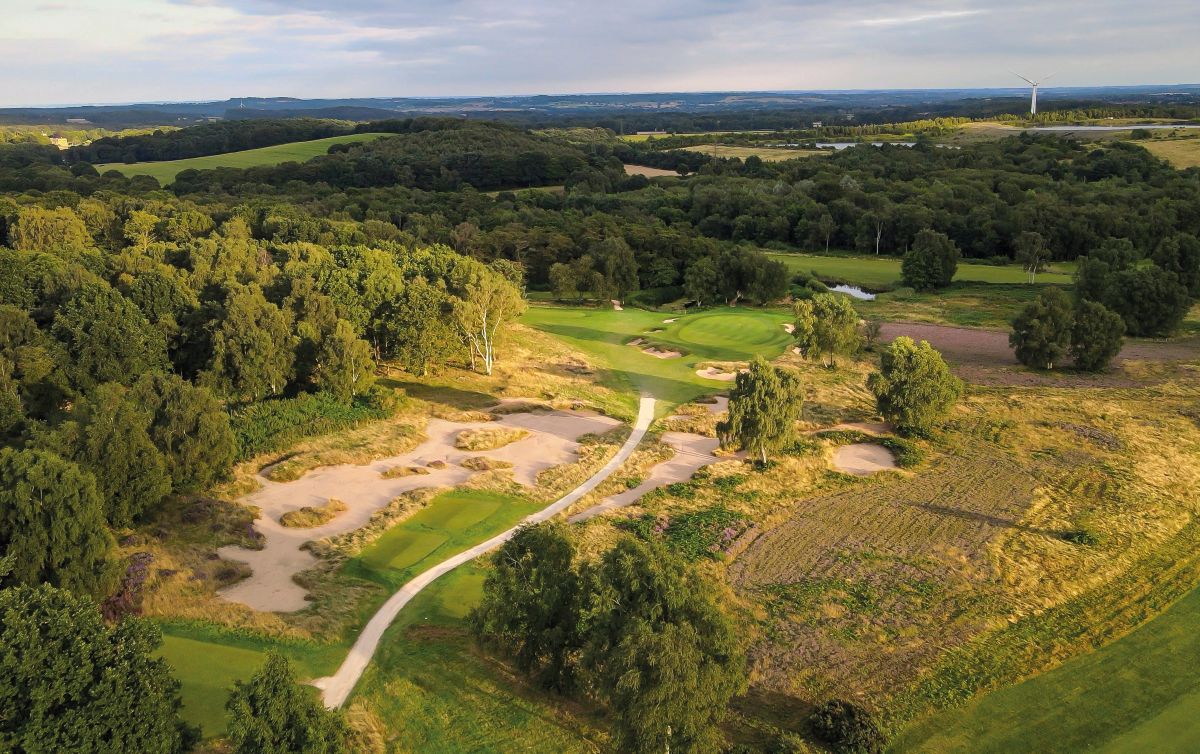
An ecological paradise
Hollinwell now supports a rich ecosystem, including ground-nesting birds, common lizards, grass snakes and numerous insect species. Barn owls hunt over rough grasslands, there are vast areas for grazing, while scrub and bracken has been cleared to allow for heather regeneration.
The club, which is participating in a five-year R&A ecology survey, has achieved GEO Certification, with independent verifier Matt Johns lauding its efforts.
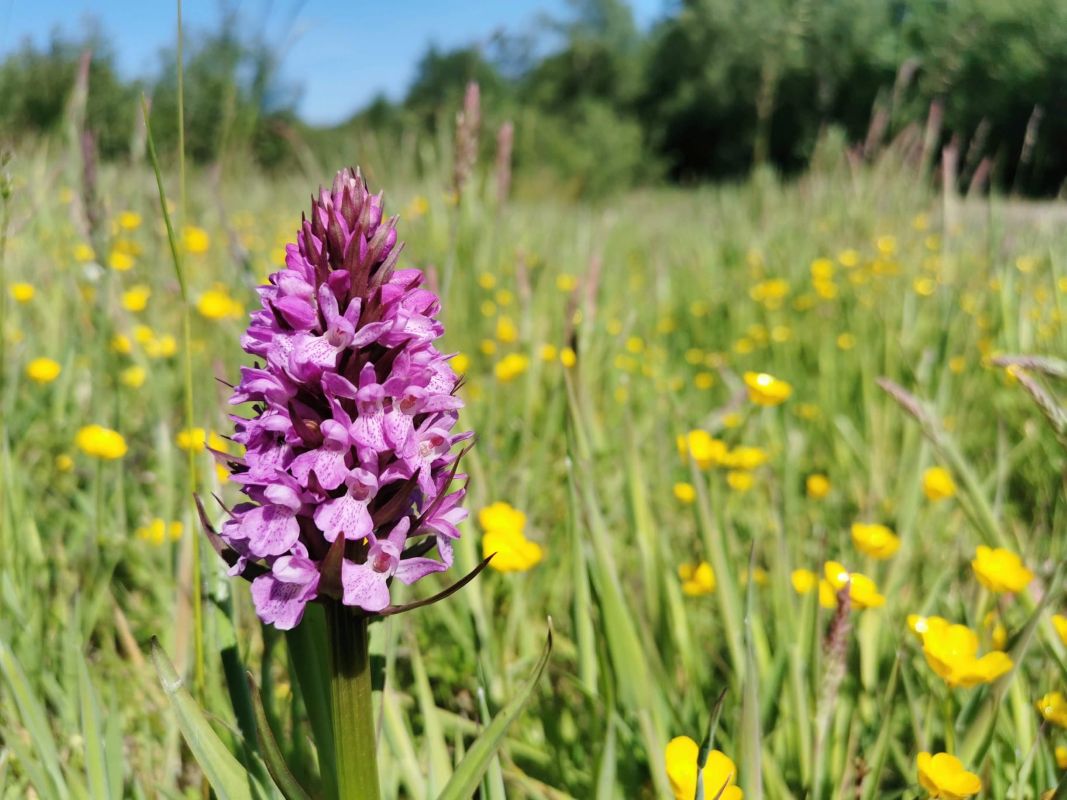
“Hollinwell represents a superb example of sustainable golf,” he said. “It has aligned its golfing experience to get the very best from the sport by being challenged and rewarded by a high-quality naturalised course that supports a wide range of key habitats, species and landscape features. The quality and operation of the facilities and its expert course management team mirror this. I look forward to seeing the evolution of its ongoing plans for further sustainability measures and conservation success.”
Phil Stain: Nature is the expert
“Look around your golf course and you’ll see grass growing in all sorts of places – it’s absolutely amazing. But then you look at the managed areas and you think, ‘Well, why is it not growing as well?’. It’s not growing as well because we’re managing it – but we’re not nature and we’re not as good as nature.
“Yes, you get grass growing in bunkers, but that’s dirty sand with bits of organic material and so on. Our thoughts down here have always been that if you get your grass growing in something it likes growing in, then it will do well. If you’ve got to try to manage it artificially through chemicals, fertilisers, fungicides and even irrigation water, you’re never going to do it as well as nature can.”
Author

BIGGA
About Hollinwell

From the moment you turn the final bend on the long driveway to the club and see a magnificent view of the course and imposing clubhouse ahead, you know Hollinwell is a special place.
Set in the rolling hills of North Nottinghamshire in the heart of Robin Hood county, it offers one of the finest examples of traditional heathland golf in Great Britain, rivalling many of the more famous Surrey courses of this style.
The club has hosted many top amateur events, including the Brabazon Trophy on six occasions.

